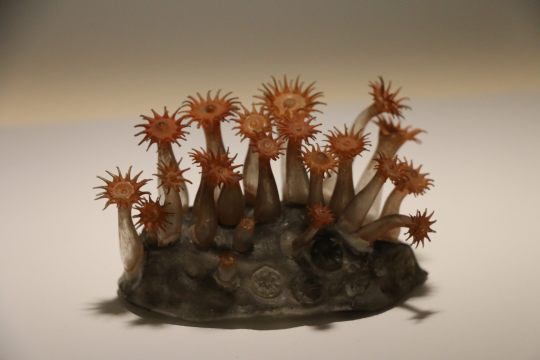#blaschka
Text
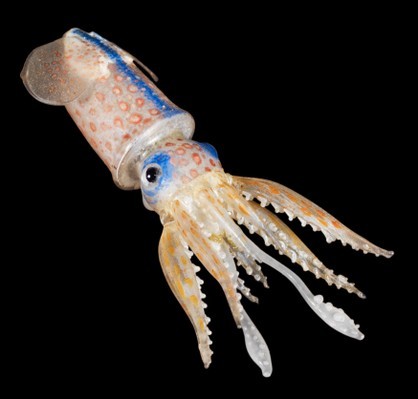


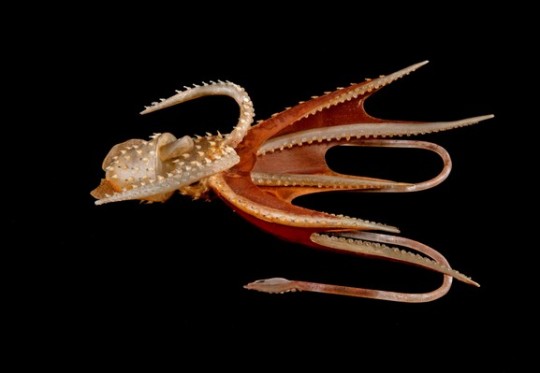
Soooo... get this: the squids you're looking at right now ARE MADE OF GLASS! They were created by the renowned 19th-century glass artists Leopold and Rudolf Blaschka (father and son!), and you can find 251 images of these incredible pieces on the Cornell Collection of Blaschka Invertebrate Models on JSTOR, open and free to everyone.
#glasswork#glass models#blaschka#cornell university#squid squad#squid party#marine biology#anatomical model#squids art#squids#marine life#sea creatures#ocean creatures#squid games#squid#squid squid squid#research#jstor
723 notes
·
View notes
Text
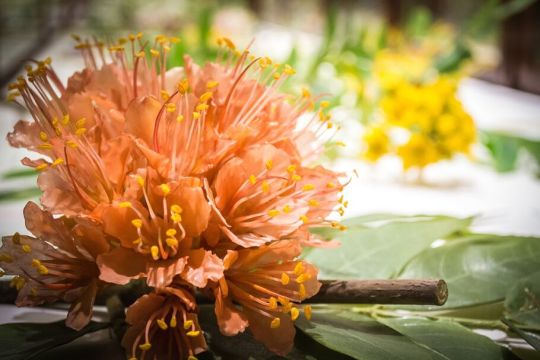
Glass Flowers: The Ware Collection of Blaschka
2 notes
·
View notes
Photo

Progetto spring 2023 #sealife #blaschka #hermitcrab #verongia #coral #reef #underwaterworld #softglass #exhibition #glassineurope #seastars #eccellenzeitaliane #italiandesign #art #glassart #gasavetepersounoccasioneenonveladaromaipiu #maurovianello #softglass #effetreglass #2023events (presso Artigianato d'arte Venezia) https://www.instagram.com/p/CjdK_COtoh_/?igshid=NGJjMDIxMWI=
#sealife#blaschka#hermitcrab#verongia#coral#reef#underwaterworld#softglass#exhibition#glassineurope#seastars#eccellenzeitaliane#italiandesign#art#glassart#gasavetepersounoccasioneenonveladaromaipiu#maurovianello#effetreglass#2023events
7 notes
·
View notes
Photo

Blaschka sea creature glass model
(late 19th century)
13 notes
·
View notes
Text





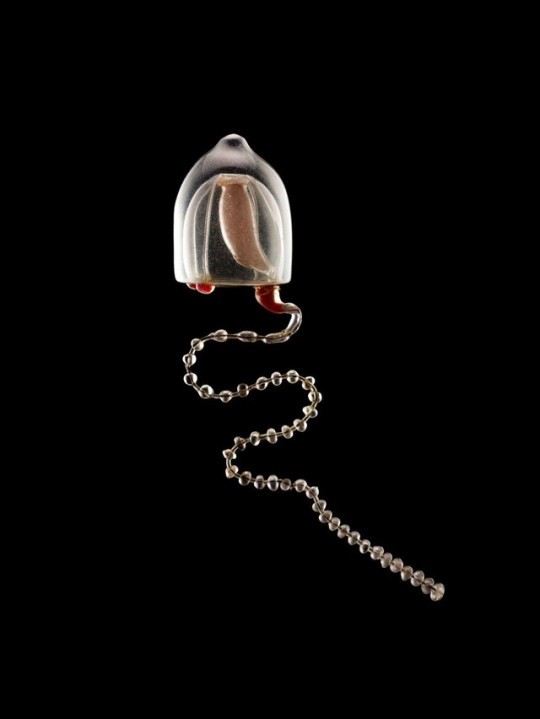

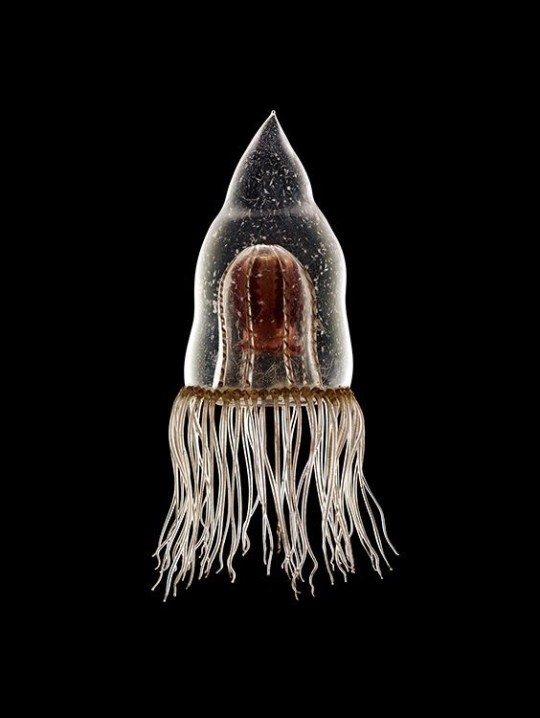
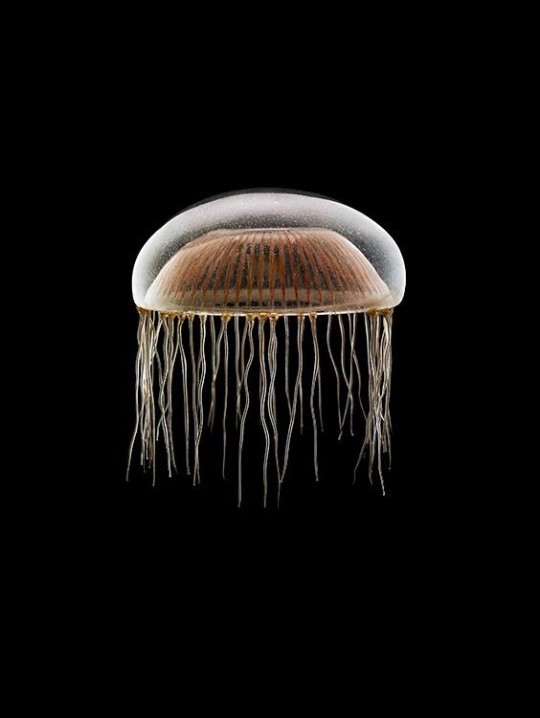

Jellyfish
glass sculptures by Leopold (1822-1895) and Rudolf Blaschka (1857-1939), a father and son team of Czech glass artists.
292 notes
·
View notes
Text
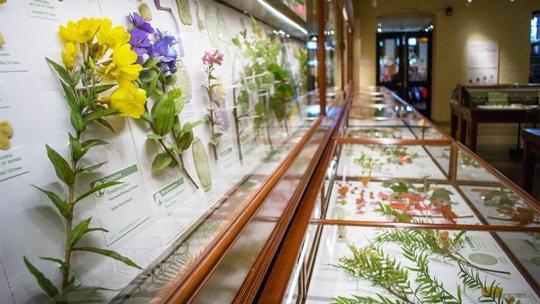


Glass Flowers by father-son duo Leopold and Rudolf Blaschka.
The two artisans made 4,300 glass models of nearly 800 plant species between 1886 through 1936. They were originally created as teaching tools for botanists.
20 notes
·
View notes
Text
Sunday Evening Art Gallery -- Leopold and Rudolf Blaschka
The Ware Collection of Blaschka Glass Models of Plants was made for the the Botanical Museum of Harvard University.Often referred to as Blaschka glass, the creations of glass are a collection of almost 4,000 models of flowers, plants, and flower parts, made at Dresden between 1887 and 1936.The Blaschkas, Leopold (1822-1895) and Rudolf (1857-1939), were father and son glass artists who lived…

View On WordPress
2 notes
·
View notes
Text
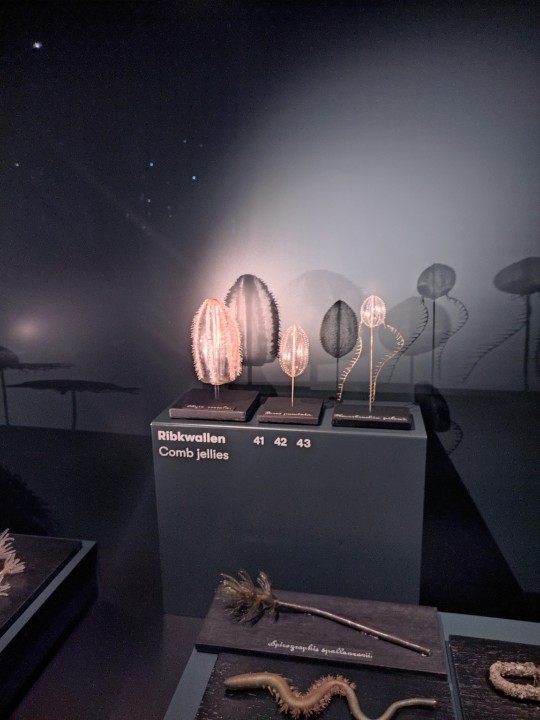
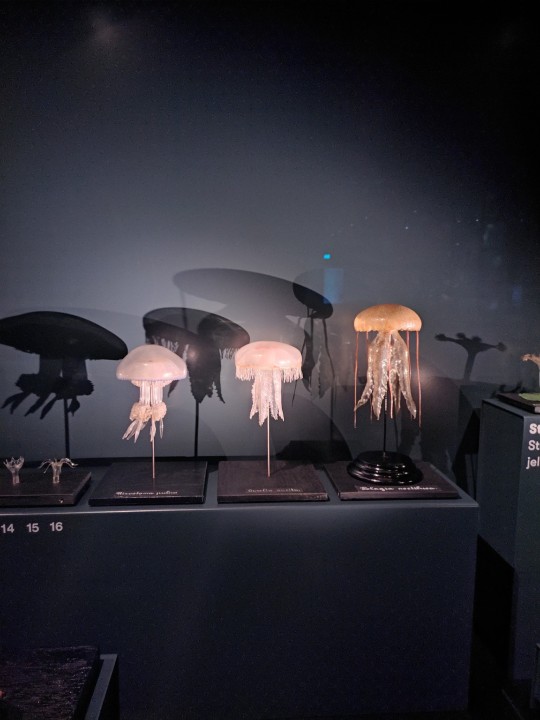
I visited UMU (Universiteit Museum Utrecht) yesterday. It was a bit spooky since the large lights in the exhibition rooms didn't work. I got a flashlight from the museum employee and felt a bit like I was in a night at the museum movie. I visited since I wanted to see the Blaschka models of sea creatures. These are all made from glass in the 19th century.
1 note
·
View note
Text
💠華麗結晶💠
This feels like the kind of post that will languish in drafts for a year if I don’t write it right now, on a time limit, so here goes! This weekend involved a lot of Tourism and tams and my slow burn horror realization that all of the food was going to be held hostage by Socializing with the Regional Archetype Parents of my sister’s cohortmates. But before all that my family and I went to a museum and looked at glass flowers, so I spent a lot of time staring into the middle distance thinking about those.
Specifically, these ones:
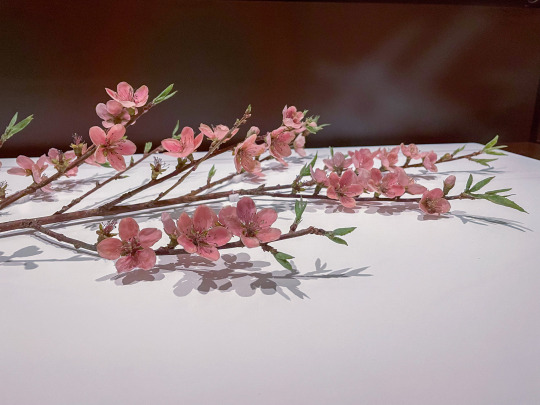
These are plum blossoms, and they are made out of glass. HOW. WHAT. And rest assured, this iPhone snapshot does not do their uncanny verisimilitude justice. In person, it’s completely unreal. They were made by Leopold and Rudolf Blaschka in the late 19th century, and now I’m obsessed with them.
Even more specifically, I wanted to know:
Can Hitsugaya make flowers like these out of ice?
(For Hinamori, obviously. They are plum blossoms, after all.)
We know from the SC that Hitsugaya does ice sculpture--enough to have a semi-regular column about it. Personally, I headcanon that the majority of these sculptures are in the vein of Ruth Asawa’s work, abstract and interested in negative space and in thinking about qualities of space, weight, volume. This headcanon mostly comes from the ash net vacuum ice wall thing he does with Matsumoto in TYBW. But canonically, mostly we just know that he made that very ornate but also ridiculous chair:
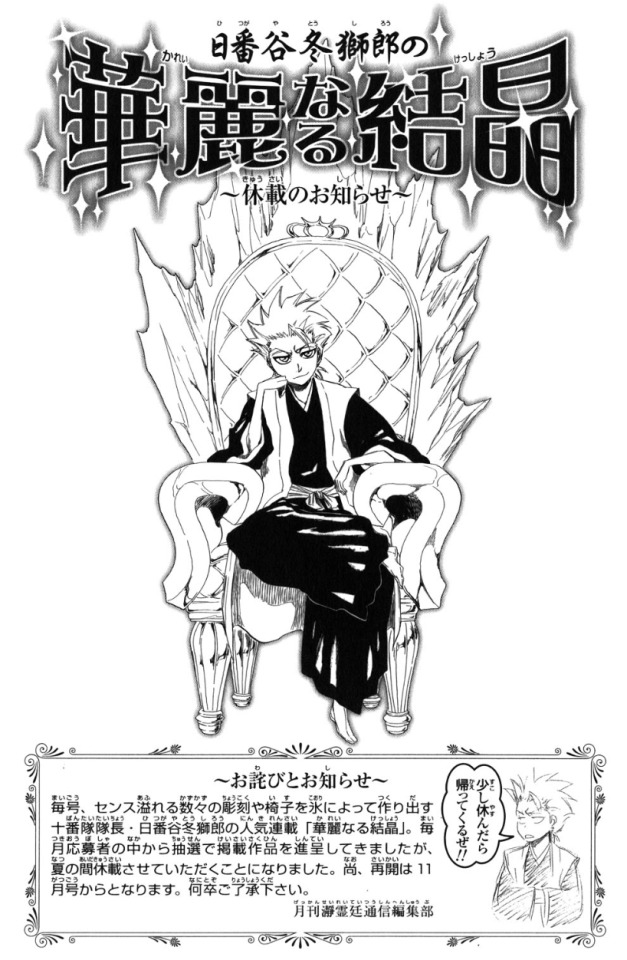
[Colorful Bleach]
I find the chair hilarious, because add a few gargoyles and this is also 100% an Edward Elric chair, and I guess I can’t imagine Hitsugaya naturally posing with something he made like that unless he were explicitly told to, because this is also 100% one of those awkward Early 00s Soccer Team Photos where you have to pose with a ball in the most ridiculous way possible. (As a survivor of this era of soccer photography, we’re talking like... posed lying on the ground propped up on elbows, legs crossed and the ball balanced between your ankles. Why?) Hitsugaya probably hates that photo, LOL. But I digress.
We also know he’s made this bad boy:

[Episode 316]
Though maybe that doesn’t count, since I headcanon that he does do the ice sculpting manually rather than magically, and is meticulous about it. This ice blorbo took like 2 seconds and was definitely magical. Talk about phoning it in for Sad Ghost Kid though, ahahaha. (I am joking. The kid loved it, and all he wanted was to see snow. He didn’t want or need some rando showing off his mad art skillz at him. Ice Blorbo is perfect and the best thing about the entire episode.)
But while we’re talking about magical ice... As far as his capacity for artistic verisimilitude goes, we also know he’s made this weird little guy:

(Bonus headcanon: I think he developed this technique after the fight with Luppi. I don’t know how much he was able to keep track of re: Urahara’s fight with Yammi and his use of his blowup doll gigai while he was running around setting up his own attack, but afterwards he was definitely interested in/wary of Urahara. There’s something about this move that doesn’t feel 100% his style, but I am very attracted to the idea that it was inspired by a combination of his encounter with Aizen in the Central 46 HQ + glancing knowledge of Urahara’s gigai.)
Though, again, this seems less in the vein of hyperreal sculpture than it is some kind of atmospheric mirage that’s making use of water/light refraction to create a double. So maybe it’s not quite what we’re looking for:

[Chapter 357]
Verdict: Given the examples we have to work with, I kind of feel like Hitsugaya could not, at present, make ice flowers on the level of the Blaschka glass ones. He has the most experience working with ice at scale, and producing things very quickly under duress. Even though the ice sculpting seems to take a different tack--producing things slowly, with no time limit--the projects we’ve seen tend to be fairly large, rather than flower-sized. Credit where credit’s due, Hitsugaya would have to work for it to get on the Blaschkas’ level.
However, I absolutely think that given enough time to do that work, Hitsugaya absolutely could and would. He’s already done work with flower motifs:

[Chapter 359]
So really, it’s just a matter of taking the scale down, and focusing on a different element of craft, both of which seem entirely within Hitsugaya’s wheelhouse and within the realm of things he would be interested in.
He probably spent his entire 10-year timeskip making tiny hyperrealistic ice flowers and learning how to do ice enamel coloring. They all finally had the time.
#hitsugaya toushirou#seireitei communications#i feel completely justified in blorbo from my shows-ing the blaschka flowers#the spasmodic organization of this post is a very accurate tour of what these thoughts look like inside of my brain too#bleach headcanons#no brain just bleach#bleach カラー#bleach manga#bleach anime#yes more bleach filler#hitsugaya consistently graces us with the most boring filler known to man and i've seen them all 3+ times completely of my own volition#the Regional Archetype was 'if Cape Cod were a person' lol they were perfectly friendly but omg did not seem real#golf investing politics
35 notes
·
View notes
Text


The detail in these glass flowers is rendered so perfectly that they're almost indistinguishable from real, living plants.
Photo source.
7 notes
·
View notes
Text
Friday mystery object #434 answer
The answer to last week's mystery #Blaschka glass model from @DublinDeadZoo
Last week I gave you a Blaschka glass model from the Dead Zoo to have a go at identifying:
As you are probably aware from some of my previous posts on these rather fascinating objects, there can be quite a big difference between what the specimen was sold as in the Blaschka catalogue and what we might call the species today. In fact, this is a fairly common theme with many of the mystery…

View On WordPress
2 notes
·
View notes
Text
Österreich und die Schweiz senken die Hürde für den Abschuss von Wölfen
Wie schon in Kärnten, Tirol und Niederösterreich dürfen ab 1. Juli auch in Oberösterreich per Verordnung Wölfe abgeschossen werden, die zum Beispiel für Risse von Nutztieren wie Schafen oder Ziegen verantwortlich gemacht werden.
Auch in Salzburg gibt es entsprechende Pläne. “Handeln statt zuschauen”, laute das Motto nun, so die Agrarministerin Oberösterreichs, Michaela Langer-Weninger.
Auch in…

View On WordPress
0 notes
Photo

Directly from the glass fish market in my shop ... I know that @instagram will already take the trouble to tell me why I pulled it out of the water ...🤣🤣🤣🤣 but NO live fish were brought out of the water to perform this fish in glass ….🤷🏼♂️🤷🏼♂️🤷🏼♂️🤷🏼♂️ #softglass #fish #passeradimare #maurovianello #blaschka #eccellenzeitaliane #italianatyle #glassart #realisticart #effetremurano #handmadeglass #shoppinginvenezia #underwaterworld #sealife #sealifeart (presso Artigianato d'arte Venezia) https://www.instagram.com/p/CkiY-FmtQ_P/?igshid=NGJjMDIxMWI=
#softglass#fish#passeradimare#maurovianello#blaschka#eccellenzeitaliane#italianatyle#glassart#realisticart#effetremurano#handmadeglass#shoppinginvenezia#underwaterworld#sealife#sealifeart
2 notes
·
View notes
Text
Jitka Štěrbová: Zapomenutý sklář a přírodovědec
Vloni to bylo 200 let, co se v Českém Dubu narodil sklář a nadšený přírodovědec Leopold Blaschka. Znáte ho?

Já o něm donedávna neměla ani tušení! On a jeho syn Rudolf, vytvořili díla, která obdivoval celý svět a dneska je už nikdo nedokáže zopakovat.
Leopold se narodil do rodiny s dlouhou sklářskou a šperkařskou tradicí. Pracoval ve šperkařské dílně svého otce, kde kromě šperků vyráběl i skleněné oční protézy. Když mu zemřela žena, malý synek a krátce na to i táta, doporučil mu lékař ozdravnou cestu do Ameriky.

Během přestávky kvůli bezvětří, pozoroval Leopold mořské medúzy. Nadšený jejich průhlednou krásou maloval i další mořské bezobratlé a těšil se, že je jednou vyrobí ze skla. Překvapivě však po návratu domů pracoval dál na zakázkách šperkařské dílny a jen sobě pro radost vyrobil skleněné modely místních rostlin. Ty u něj uviděl Kamil Rohan. Pán ze Sychrova se zálibou v botanice si objednal stovku modelů podle tropických rostlin ze Sychrovských skleníků. Modely vystavil v paláci Rohanů a seznámil Leopolda s ředitelem přírodovědného muzea v Drážďanech.

Skleněné modely rostlin putovaly do Drážďanské botanické zahrady a pana ředitele napadlo využít Leopoldova umění k výrobě modelů těžko vystavovatelných exponátů mořských bezobratlých. Ty totiž ztrácely v lihu nejen barvy, ale i tvar.

Sklo se v Leopoldových rukách ukázalo jako skvělý prostředek k prezentaci tvarů, barev i detailů mořských potvor. A Leopold se se svou druhou ženou Carolinou a malým synkem Rudolfem přestěhoval do Drážďan, kde vyráběl modely mořských bezobratlých pro muzeum.
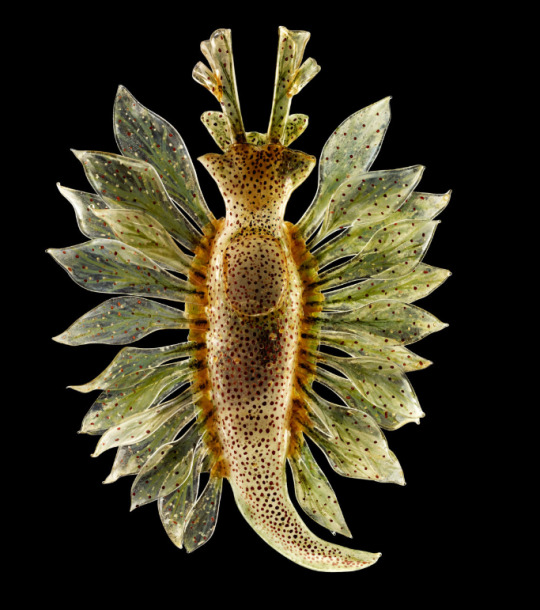
Věhlas věrných exponátů se brzy rozkřikl a Leopold vyráběl křehké sasanky, průsvitné medúzy, chobotnice i sumýše do celého světa. Časem mu pomáhal i jeho velmi talentovaný syn Rudolf a společně vytvořili kolem 10 000 exponátů, nad jejichž věrností a propracováním žasnou skláři i přírodovědci. Každý exponát si nejprve pořádně prostudovali. Používali vědecké publikace, obrázky ze svých cest a dokonce si nechali v dílně postavit akvárium, kde měli živé předlohy pro svá díla.

V roce 1890 přestali mořské bezobratlé vyrábět. Proč? A co je vedlo k ukončení tak lukrativní činnosti? To napíšu příště. A vy prosím sdílejte, protože na takové krajany nesmíme zapomenout.



Autor textu: Jitka Štěrbová
0 notes
Text
This is made of glass
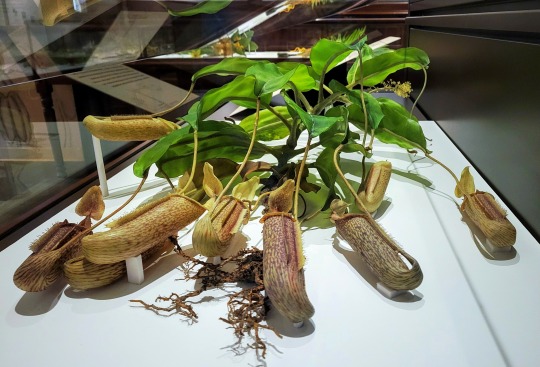

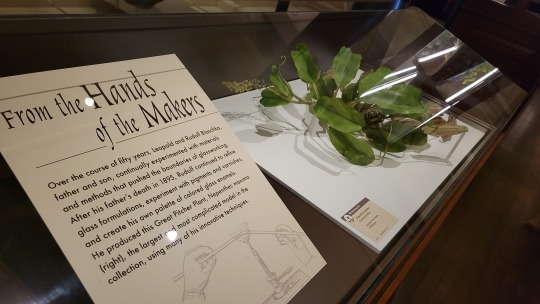
Blaschka Glass Models of Plants exhibit at the Harvard Museum of Natural History
IDs under the cut
From top to bottom, left to right:
[ID 1:
A photo of a large pitcher plant sculpture sitting in a case of glass and dark wood on a white background in a museum exhibit. The plant is photographed from below, so the plant's roots and bottom of the purple and yellow pitchers are in the foreground. The stems, leaves, and flowers are seen from below.
/end ID 1]
[ID 2:
A close-up photo of the leaves and pitchers, taken from above the pitchers.
/end ID 2]
[ID 3:
There are two signs to the left of the sculpture of the pitcher plant. The first and larger sign reads:
From the Hands of the Makers
Over the course of fifty years, Leopold and Rudolf Blaschka, father and son, continually experimented with materials and methods that pushed the boundaries of glassworking. After his father's death in 1895, Rudolf continued to refine glass formulations, experiment with pigments and varnishes, and create his own palette of colored glass enamels. He produced this Great Pitcher Plant, Nepenthes maxima (right), the largest and most complicated model in the collection, using many of his innovative techniques.
The smaller plaque identifies the artwork and reads:
Nepenthes maxima (Great Pitcher Plant)
Indonesia, New Guinea & Philippines
by Rudolf Blauschka, 1906
/end ID 3]
#how is this glass. how.#glass flowers#rudolf blauschka#art#glass art#nepenthes maxima#pitcher plants#carnivorous plants#harvard museum of natural history#cambridge ma#my photos#botany
794 notes
·
View notes
